When Hunt Revell and Tyler Leslie worked at Seabear Oyster Bar in Athens, they were struck by how many oyster shells they threw in the trash each day. The duo didn’t yet know that these shells could be tools for coastal restoration, but they knew throwing them away seemed wasteful.
Through the help of industry professionals, Revell and Leslie discovered that oysters play a vital role in marine ecosystems. They are what’s called a keystone species, an organism that other marine life depends on. Oysters filter water, reduce carbon, combat rising sea levels and foster biodiversity. All those oyster shells discarded by restaurants are the perfect material for baby oysters to attach onto to build more oyster reefs.
Three years ago, their curiosity and a grant from the Nature Conservancy led to the creation of Shell to Shore, a nonprofit organization based in Athens that is dedicated to oyster shell recycling.
Why It’s Newsworthy: Climate change is leading to an increase in coastal erosion and environmental threats to Georgia’s coastline. Shell to Shore’s innovative shell recycling initiative offers a sustainable solution by building oyster reefs through the waste of some of Athens’ most popular restaurants.Soon after Shell to Shore was established, Revell and Leslie brought on University of Georgia Distinguished Research Professor Nik Heynen as a board member, and Malcolm Provost as the recycling coordinator.
“One fun fact that we like to throw at people is that one full-grown oyster can filter 50 gallons of water per day,” Provost said. So imagine what an entire oyster reef can do.
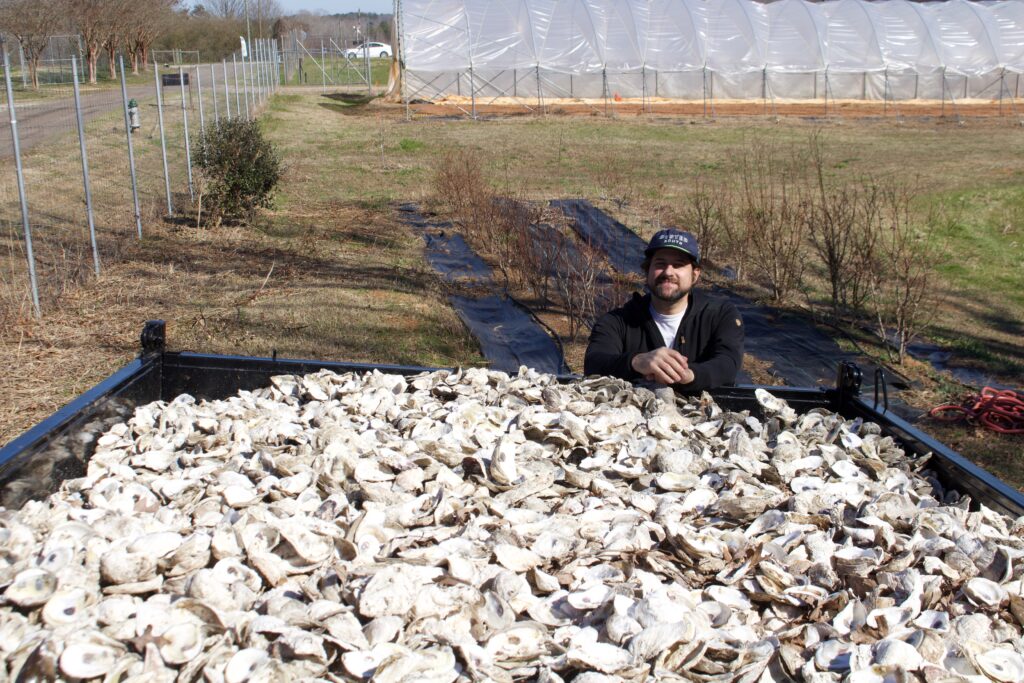
The nonprofit started out very grassroots-oriented, collecting from Seabear Oyster Bar and then expanding to restaurants like Five and Ten and, most recently, Square One. While they have continued to diligently work with Athens’ restaurants, their reach has expanded to other cities, including Augusta, Savannah and Atlanta.
Thomas Bliss, director of UGA Marine Extension and Georgia Sea Grant’s Shellfish Research Laboratory, has been collecting and recycling oyster shells on Skidaway Island for about 20 years.
“It’s really great to see a group like Shell to Shore start up because we’ve been collecting on the coast, but we’re very coastal-centric,” Bliss said. “It’s nice to see a group start to reach those inland areas where we don’t have the capacity to always get to.”
According to Noah Brendel, co-owner of Seabear Oyster Bar, this relationship is not only benefiting Georgia’s coastline but also the restaurants themselves.
“The fact that we can say that we don’t throw our shells into the landfill and we actually send them back to the coast to help with different initiatives that are all sustainable, I think bodes well for us. It is good PR,” Brendel said.
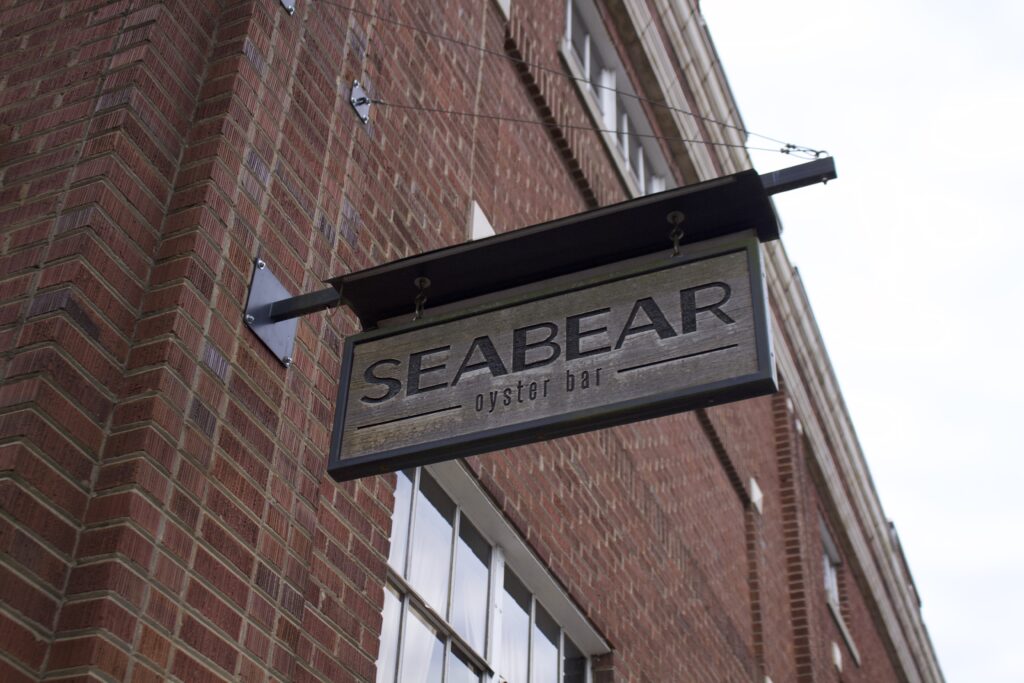
Shell to Shore also provides opportunities for local restaurants to meet. Fausto Zamorano, chef de cuisine at Five and Ten, has enjoyed ShellFest, an annual fundraising event put on by Shell to Shore with live music, local drinks, and of course, oysters.
“It has been a really good networking opportunity. When they did their first ShellFest festival in 2022…it was a chance to meet other chefs and local restaurants,” Zamorano said. “We all love to be a part of it.”
According to Seabear Oyster Bar and Five and Ten staff, the act of putting the shells into a separate bin for Shell to Shore to collect adds a mere five minutes to their routine. As long as the shells don’t accumulate for too long, which could cause an odor, the protocol creates little to no inconvenience.
In 2023, Shell to Shore recycled more than 72,000 pounds of oyster shells, bringing their three-year total to about 130,000 pounds of recycled shells.
After collecting the shells from the restaurants, they are brought to UGArden, a community farm, where they are dumped into blue and green bins. Just as the shellfish lab that Bliss directs, the shells are then cured by exposure to six months of sun and rain. This process promotes bacterial degradation of the soft tissue and after, Georgia law says the shells can be safely introduced into water systems without fear of microbial contamination.
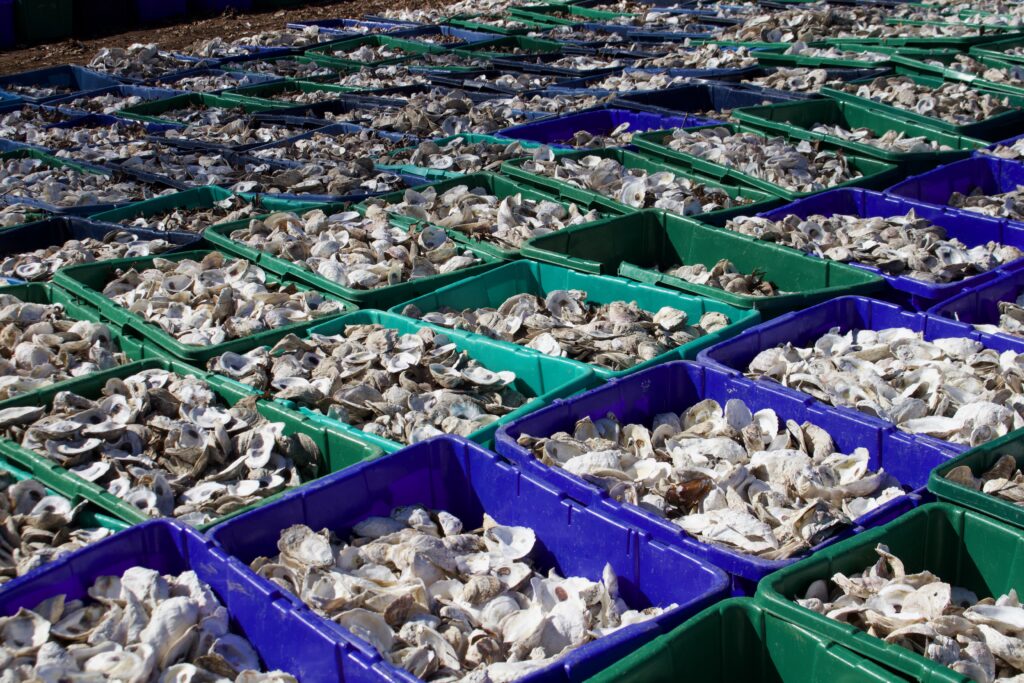

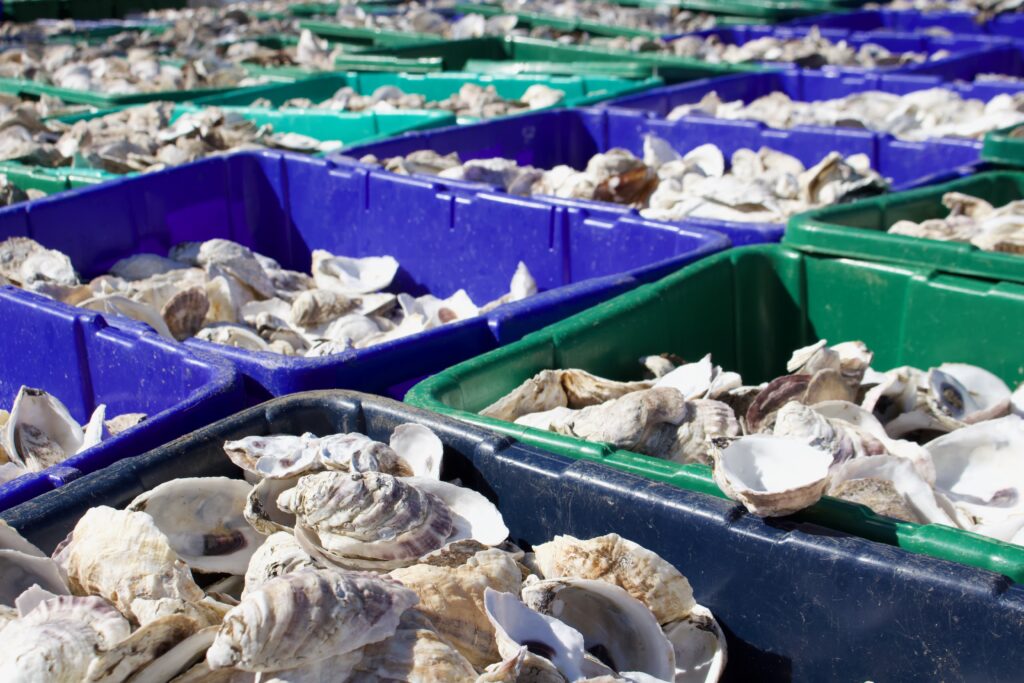
Shell to Shore takes the shells to Sapelo Island, about 70 miles south of Savannah. However, finding the exact site to situate the shells has posed challenges. The primary sites the team identified were not viable to place incoming shells because there weren’t enough oyster larvae.
Shell to Shore continues to work with Marine Extension and the Department of Natural Resources to find areas along the coast that have high enough oyster larvae levels to create more oyster reefs in places most affected by erosion, storm surges and more.
What’s Working
-
New York City Is Building a Wall of Oysters to Fend Off Floods
From New York City to Texas, localities are using oysters to protect themselves from flooding. They are dropping oysters along the coast for baby oysters to grown on, ultimately leading to the creation of wall-like reefs. The oyster reefs mitigate the blow of big waves during hurricanes. A study showed that reef-protected areas dissipated waves and had 54% less erosion. Building oyster reefs form part of a larger movement known as “green infrastructure” to manage the effects of climate change, as opposed to building concrete infrastructure like sea walls and dikes.
“There are lots of areas along the Georgia coast that are being impacted negatively by sea level rise and climate change in general, so it is just a matter of identifying a good starting point,” Provost assured.
Once these sites are identified, volunteers will bag the shells and put them into the water where they will act as wave breaks, flood mitigation barriers and areas for oyster larvae to attach onto.
“In turn, it will build up oyster reefs, living shorelines, keep the soil where it needs to be, clean the water and generally make Georgia’s coasts much healthier,” Provost said.
As Shell to Shore continues to make waves in coastal conservation, their initiative is prompting a fresh perspective on the life cycle of an oyster. The journey of an oyster shell doesn’t have to end at the dinner table, but could begin a new journey in preserving our coastlines.

Isabelle Atkins is a senior majoring in journalism at the Grady College of Journalism and Mass Communication, with a minor in design and media from the Lamar Dodd School of Art.


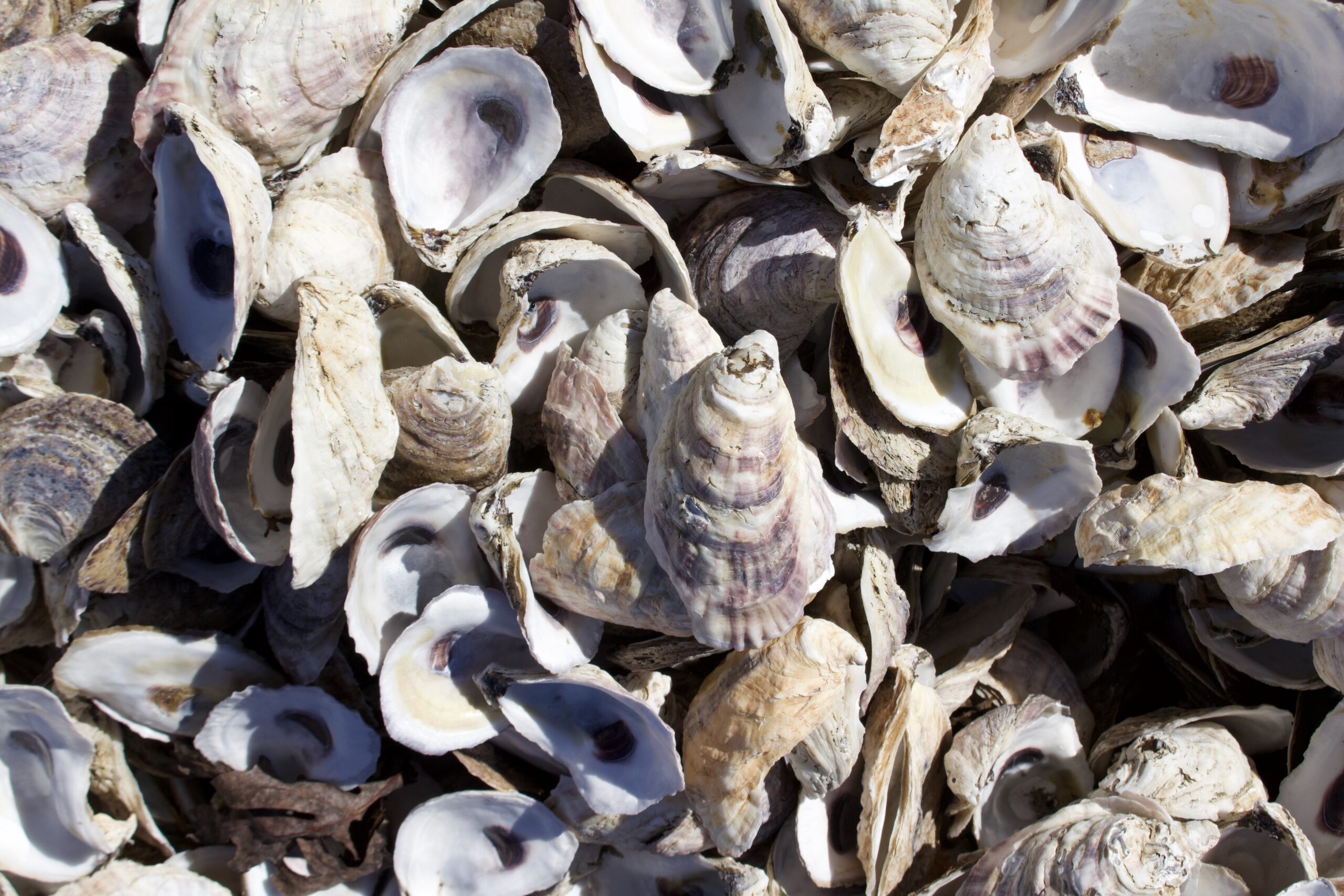




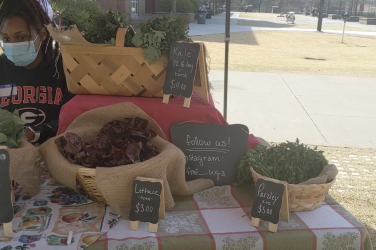

Show Comments (2)
Kara-Dove Mutombo
Wow! Never knew any of this, very engaging for sustainable developers in coastal cities. Creating a circular infrastructure within oyster farming could be a huge development on our over consumption.